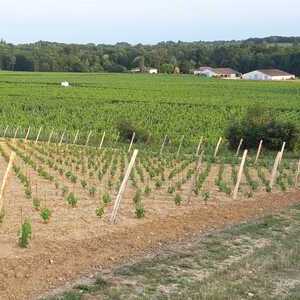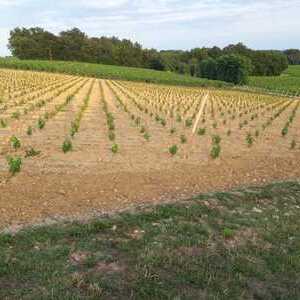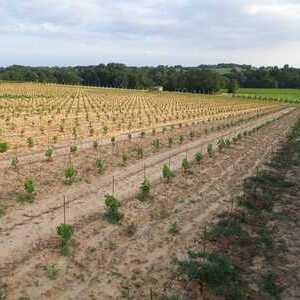Early July:
We scarcely dare to say that for now, the grapes are in excellent shape! But we must remain vigilant and very careful. Our teams have been on the ground for several weeks now, looking for the slightest sign of disease and stress on the vine.
June was especially dank and precipitation was particularly heavy giving 100 mm of rain in three weeks on the vineyard. A large volume in a short space of time. But it was nothing compared to what has happened in the neighbouring vineyards which have been damaged or destroyed by hail…
Heavy rainfall and high temperature brought huge pressure on the vines with a high risk for disease, namely mildew, powdery mildew, black rot… Recently there were some signs of infections on the young leaves, but the foliage and the fruiting shoots have been preserved as a whole. The bunches are beautifully formed and we now expect an early berry ripening.
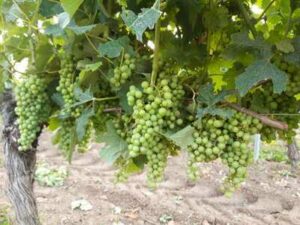
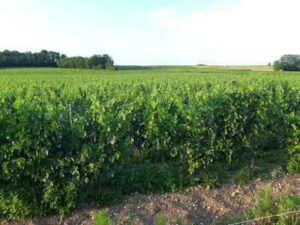
Mid-July:
Our Malbec grapes already begin to change colour and start to mature effectively, which is a good thing! And we were waiting for this moment eagerly. That way, the grapevine disease can be stopped from spreading. However, mildew remains a threat to our Merlot plots and we may still have to wait a few days before the first fruits change colour.
We have good weather conditions with a moderate humidity at mid-July and if this trend continues, we should keep the vines in good shape and expect an early harvest.
See you in September for the final post-harvest estimates!
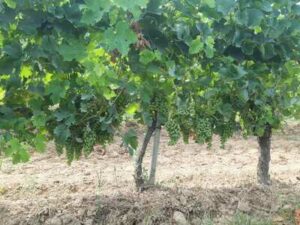
Our plots of Montagne prior to colouring
Early September:
Things did not go very well, finally. We managed to avoid the growth of mildew but we have had much rain in August and also some heatwaves followed by storms. We had extreme weather conditions this year, with significant and frequent temperature variations. Some clusters of grapes have been badly hurt and the question then arises whether we should maintain sufficient leaf surface on the sunset side to preserve the grapes, or if we should remove the leaves to allow vine aeration and favour the ripening of fruits.
The grape berry moth (Cochylis) appeared at the beginning of September, causing widespread damage in the Gironde: this parasite cuts a hole in the berries and favours grey mould or Botrytis. We must protect our grapes, as soon as possible.
September 12:
The shadow of Botrytis (fungus) is looming over our vines while the grapes have not yet reached optimal maturity. As much as 9 mm of rain fell during the night of September 11 to 12, and the coming day weather forecast remains absolutely uncertain and alarming: we must pick our vulnerable grapes at the soonest, and the first harvest is scheduled for September 15, which is the earliest known date for harvesting in La Claymore!
What happens next depends on weather conditions…
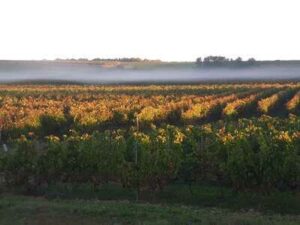
Sunday, October 1
The end of harvest comes as a great relief and satisfaction! We had to work under extreme stress, all the way, but the grapes we harvested are healthy. It was difficult to make a choice, but the plots we selected were worthwhile: we waited until the end of the heavy early autumn rains before starting to pick our grapes within the 5 following days, apart from the malbec grapes we harvested as of 15 September, as a precaution. The harvest is good, the juice is abundant and well balanced between acidity and alcoholic content.
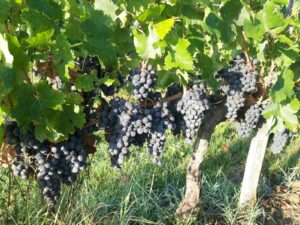
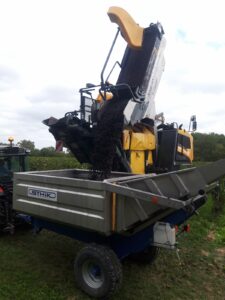
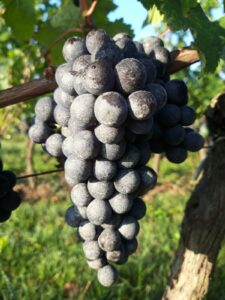
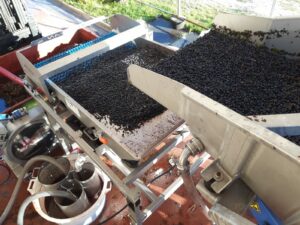
The 2023 cycle is now complete in the vineyard, but continues in the winery… Fermentations are in progress, the pump-over activity is highest.
And 2023 is quite promising!
La Claymore adapts to change:
2023 is a year of replanting for La Claymore: replacement of old vines by young grape vines of merlot and cabernet franc with a high-density planting, specially selected for their adaptability to the new climate conditions on our soils (choice of rootstock, well-suited to the terroir, and quality cloned stock).
Alternating periods of heavy rain and high temperature will promote plant growth, but our young vines will only produce after three years.
